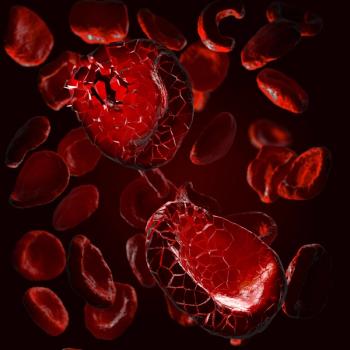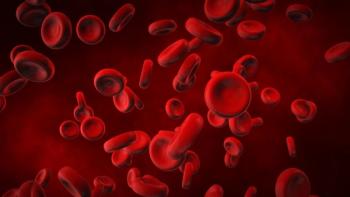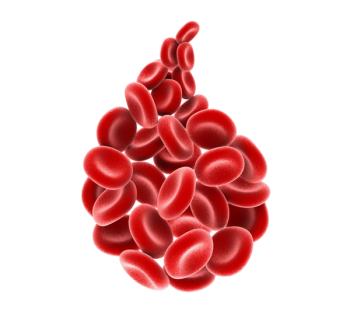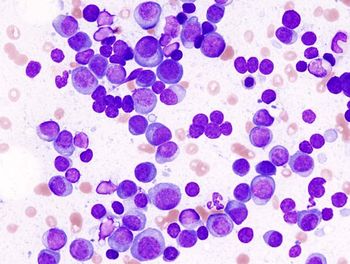
Oral SERD Regimen May Prolong Efficacy in Second-Line Breast Cancer Care
Administering oral SERD-based regimens may enhance patients’ quality of life when undergoing treatment for ER-positive, HER2-negative breast cancer.
Administering giredestrant (GDC-9545) in combination with everolimus (Afinitor) orally may significantly improve quality of life (QOL) for patients and streamline the adverse effect profile for clinicians, according to Erica Mayer, MD, MPH.
Mayer, director of breast cancer research at Dana-Farber Cancer Institute and associate professor of medicine at Harvard Medical School in Boston, Massachusetts, spoke with CancerNetwork® about the benefits that an all-oral regimen may offer compared with other standards of care for estrogen receptor–positive, HER2-negative breast cancer. Additionally, she discussed sequencing considerations for giredestrant-based combinations for this patient population. The interview was contextualized by a presentation of the
Regarding the benefit of an all-oral regimen, Mayer pointed to a trend observed in multiple studies that revealed better QOL outcomes among patients treated with oral regimens vs intravenous or injectable treatment. In addition, she highlighted the well-known safety profile of the oral agents, explaining that “good strategies” exist to manage or mitigate emergent toxicities.
Furthermore, she explained that most patients treated in the phase 3 trial received the combination in the second-line setting, expressing that although endocrine therapy might be used in this setting, many patients may be ineligible due to rapid progression following first-line therapy with CDK4/6 inhibition. She concluded by highlighting an early and sustained separation of the Kaplan-Meier survival curves in the trial, which showed sustained efficacy with the oral giredestrant-based combination in this setting.
Transcript:
Erica Mayer, MD, MPH: We are excited that evERA has shown the superiority of a combination oral SERD [selective estrogen receptor degrader] and targeted partner post–CDK4/6 inhibitor [therapy]. One of the important features of the evERA study is that both agents are [orally administered]. We know from multiple studies with patients who have been receiving intravenous or injectable therapies that, from a quality-of-life [standpoint], patients vastly prefer oral therapies. That makes sense to all of us. What is exciting about evERA is that this is an all-oral regimen, it is easy for patients to take, the [adverse] effect profile is well-known, and there are good strategies to help prevent or manage any toxicities. We feel this is applicable to a modern patient population.
In evERA, the vast majority of patients were receiving this therapy in the second-line setting. We know that although many patients [can] successfully receive endocrine therapy in that setting, there are patients whose cancers tend to progress quickly and may miss the opportunity. It is important post CDK4/6 [inhibitor therapy] that we offer the most active regimen possible and prevent that drop-off of patients who progress quickly. In the evERA study, in the primary end point Kaplan-Meier curve, one might note that there is an early separation of the curve. There is no drop-off for patients receiving giredestrant and everolimus. This [can] help maintain patients on endocrine therapy by giving this targeted combination [in the] second line after CDK4/6 [inhibition].
Reference
Mayer E, Tolaney SM, Martin M, et al. Giredestrant (GIRE), an oral selective oestrogen receptor (ER) antagonist and degrader, + everolimus (E) in patients (pts) with ER-positive, HER2-negative advanced breast cancer (ER+, HER2– aBC) previously treated with a CDK4/6 inhibitor (i): primary results of the phase III evERA BC trial. Abstract presented at: European Society for Medical Oncology Congress 2025; October 17-21, 2025; Berlin, Germany. Abstract LBA16.
Newsletter
Stay up to date on recent advances in the multidisciplinary approach to cancer.

















































































